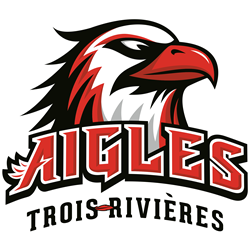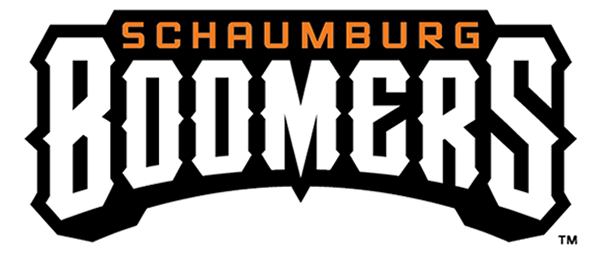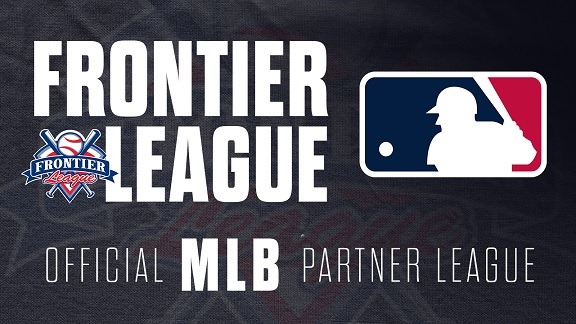away


Fri, May 8 /
TBA
Crushers Stadium
Lake Erie Crushers
away


Sat, May 9 /
TBA
Crushers Stadium
Lake Erie Crushers
away


Sun, May 10 /
TBA
Crushers Stadium
Lake Erie Crushers
home


Mon, May 11 /
6:30 p.m.
Trois-Rivieres Aigles
home


Tues, May 12 /
6:30 p.m.
Trois-Rivieres Aigles
home


Wed, May 13 /
11 a.m.
Trois-Rivieres Aigles
away


Fri, May 15 /
6:07 p.m.
EQT Park
Washington Wild Things
away


Sat, May 16 /
6:07 p.m.
EQT Park
Washington Wild Things

 Prairie Chicken Facts
Prairie Chicken Facts










